By Cynthia Unninayar
For auction watchers, diamonds continue to grab the headlines for their astronomical prices. Last year, alone, the 228 carat Rock, the largest white diamond to appear at auction fetched $1.9 million USD, while the 303.10 carat Golden Canary sold for $12.4 million USD. Not to be outdone, the 11.15 carat fancy vivid pink Williamson Pink Star sold for a whopping $57.7 million USD (more than $5 million USD per carat), setting the record price per carat for any gemstone. As we descend back to Earth, JW takes a look at how diamonds are shaping up in today’s jewellery market.
While diamonds are the gem of choice for most fine and fashion jewellery designs, they are by far the favourite for engagement rings, where the most popular shape is round, according to Diamond Guild Australia. They add, however, that couples are also now showing an interest in oval, pear, emerald and marquise shapes. Oded Edelman, chief executive officer of online jewellery retailer, James Allen, notes that “round diamonds are still the most popular centre stone, while emerald, oval, and cushion are the more in-demand fancy shapes.” Some well-known fancy shapes include princess, asscher and radiant. Some brands have even created their own specialised cut. Among them is William Goldberg with its patented Ashoka Cut, available in sizes from 30 points to 15 carats.
Other dealers are thinking further outside the jewellery box when it comes to form. “People are seeking alternative shapes, namely geometric cuts,” explains Yoran Dayagi, chief executive officer of Dayagi Diamonds. His most requested cuts are trapezoids, lozenges, hexagons, kites and shields. Dayagi also creates novelty shapes, such as horses, teddy bears, stars and even goats, as well as more exotic themes.
While ovals are second only to rounds, the cushion, radiant and emerald shapes are bestsellers for InterFancies. “Geometric shapes such as trapezoids, half-moons, tapered baguettes, shields and trilliants also sell well as side stones,” says chief executive officer, Gregory Telonis. Harking back to yesteryear, some companies are creating “new” old-mine, European and rose-cuts in addition to classic types, such as Manak Jewels. Director, Sumeet Sethi affirms that rose-cuts are very fashionable. They present a bigger look with a unique style of faceting and are used in pear, oval, hexagon and round shapes. This also makes them ideal for a bride looking for a vintage-inspired engagement ring with a softer sparkle.
Coming up with a new diamond cut is a non-trivial matter, but for designer Todd Reed, who has been very innovative with his rough diamond-set jewellery, it was a challenge that paid off. His patented Cabochon Cut diamonds, with their domed appearance, offer an original look in cuffs, rings, earrings and necklaces. With such a range of diamond shapes today, set in an even larger array of beautiful jewellery designs, one thing is sure – diamonds are shaping up very well.
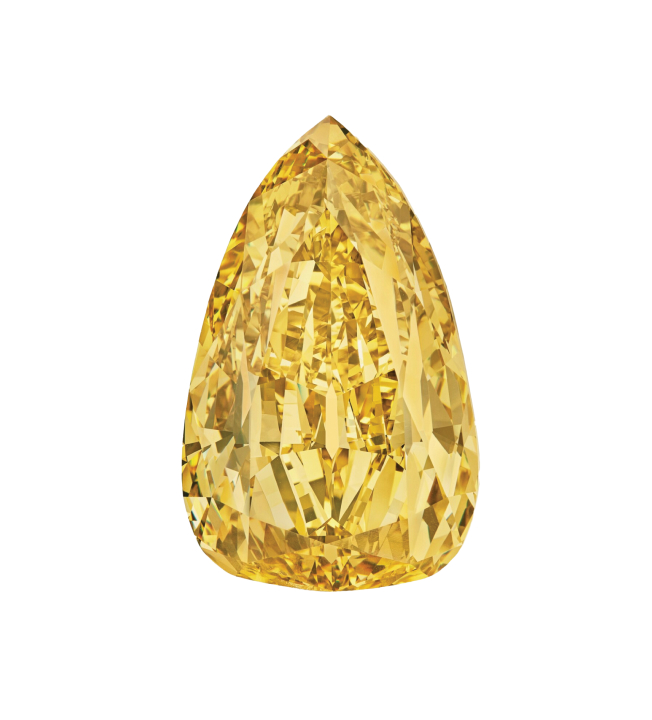
The 303.1 carat fancy deep-brownish-yellow, pear-shaped Golden Canary sold for $12.4 million USD at Sotheby’s in 2022 in New York. (Photo: Sotheby’s)
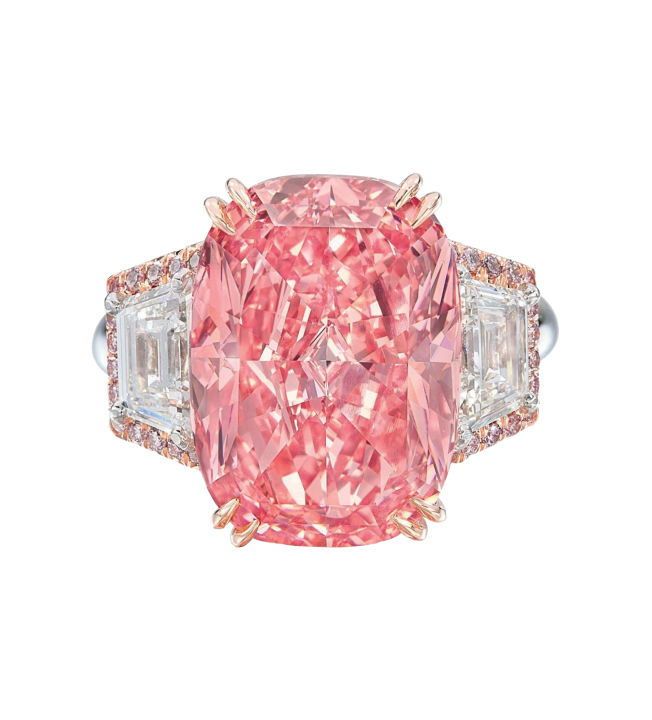
Frenzied bidding took the price of the 11.5 carat fancy vivid pink cushion-shape Williamson Pink Star to $57.7 million USD, the record price per carat for any gemstone, at Sotheby’s in Hong Kong in 2022. (Photo: Sotheby’s)
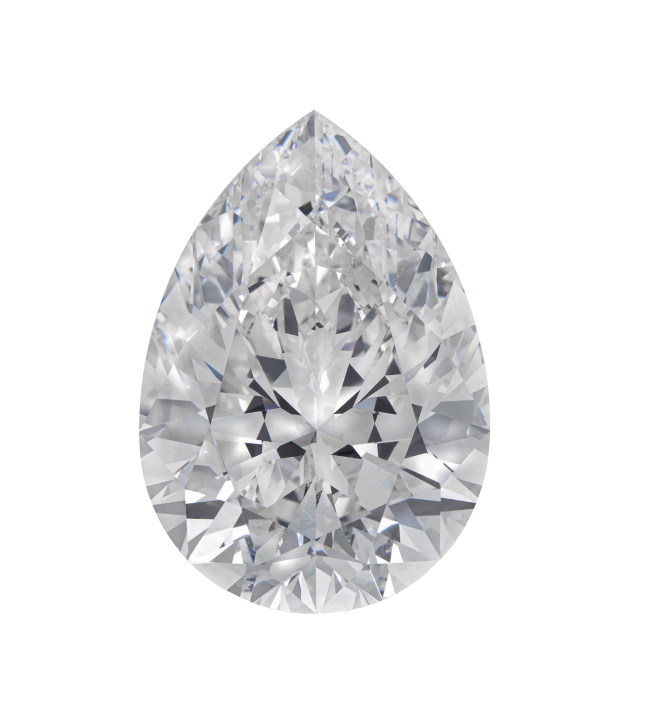
The 228.31 carat, pear-shaped Rock, the largest white diamond to come up at auction, sold for about $23 million USD in 2022 at Christie’s in Geneva. (Photo: Christie’s)
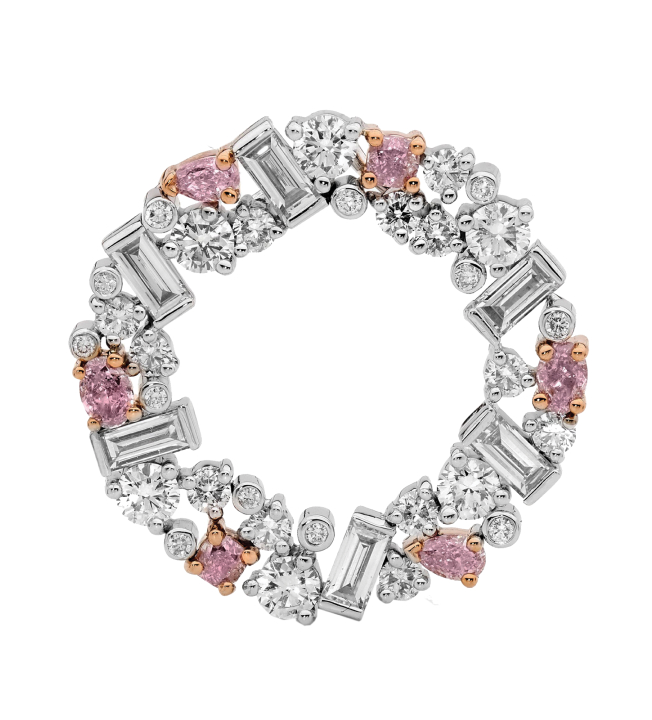
Pendant featuring a variety of shapes of white and pink diamonds in the Desert Rose collection by Ellendale Diamonds Australia. (Photo: Ellendale Diamonds Australia)
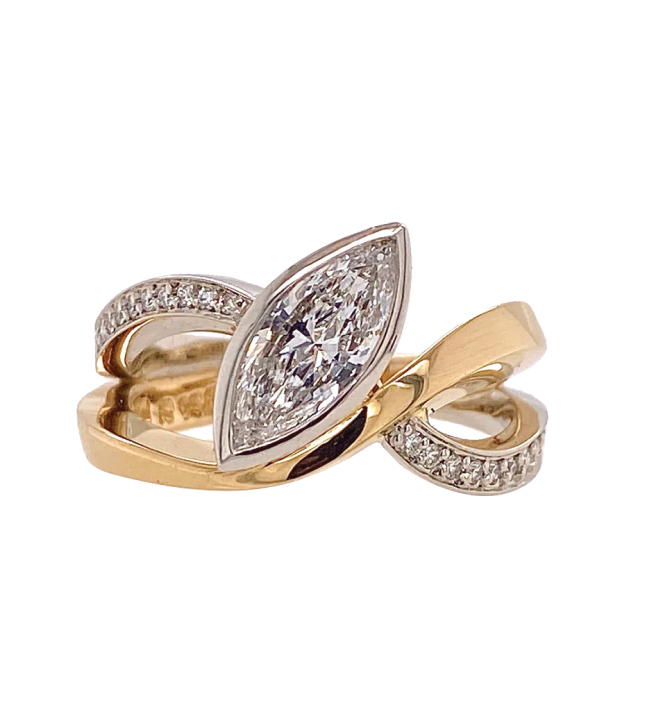
Ring in platinum and 18K yellow gold featuring a 1.02 carats marquise white diamond by Creations Jewellers. (Photo: Creations Jewellers)
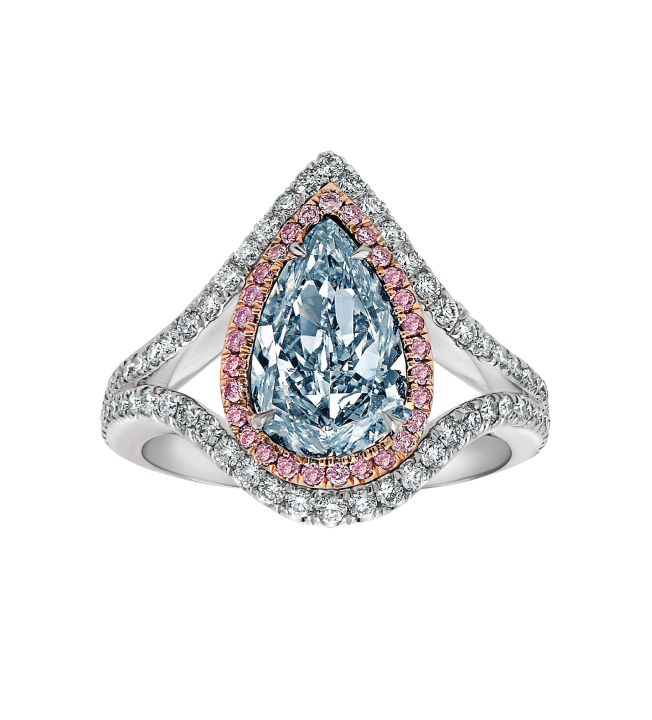
Ring featuring a 2.13 carat light blue VVS pear-shaped diamond surrounded by pink and white round diamonds by Namdar. (Photo: Namdar)
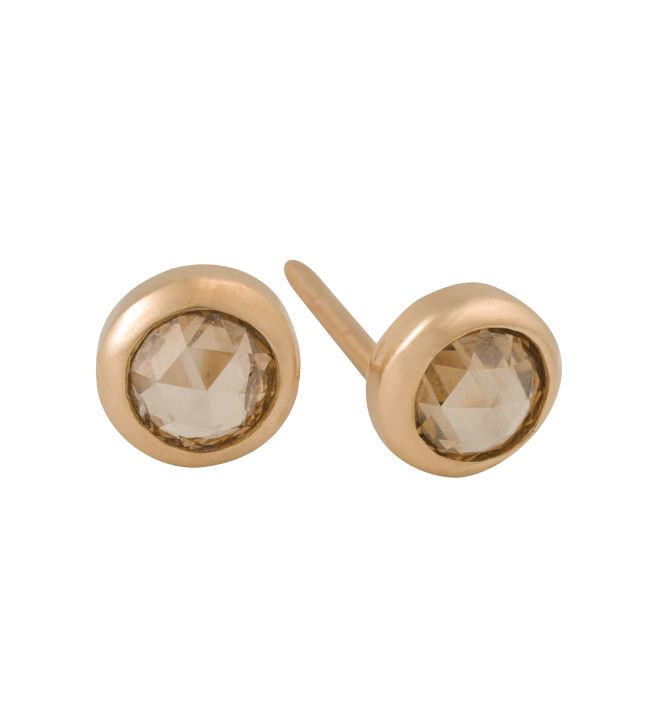
Pair of stud earrings featuring champagne rose nouveau cut bezel-set diamonds by Mercurius Jewelry. The rose nouveau-cut is a modification of the traditional rose-cut. (Photo: Ella Sophie)
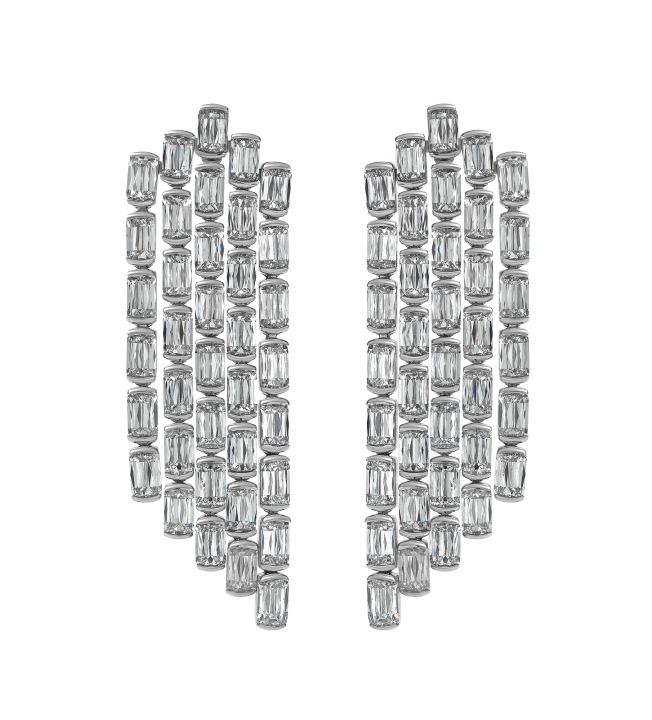
Some companies create their own cuts as shown in these earrings composed of the patented Ashoka Cut diamond by William Goldberg. (Photo: William Goldberg)
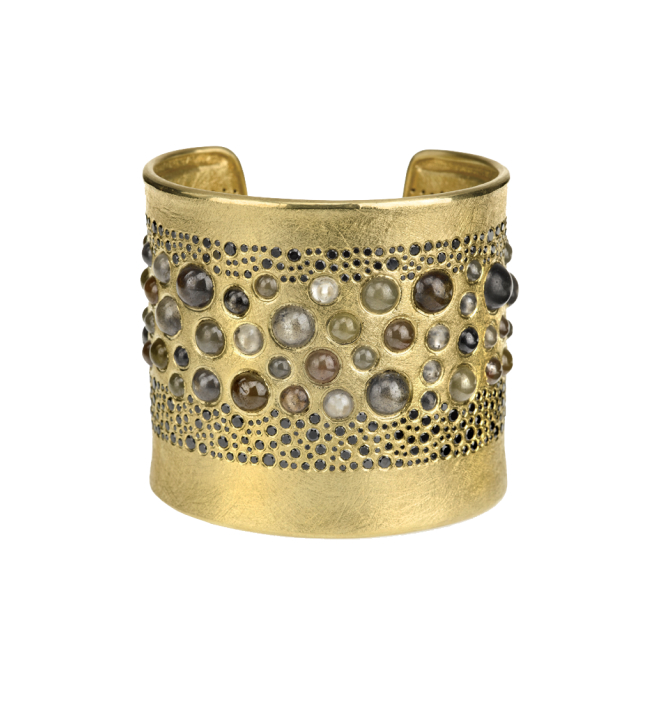
Another specialty cut is the domed Cabochon Cut patented by Todd Reed. Seen here are many sizes and colours of domed diamonds set in a cuff. (Photo: Todd Reed)
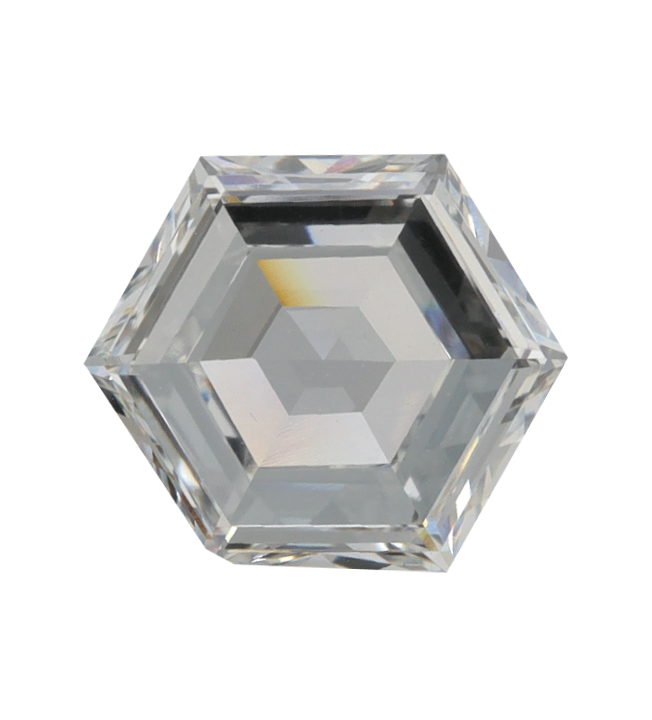
Prijems specialises in a variety of geometric and rose-cut diamonds, as exemplified by this hexagon. (Photo: Prijems)
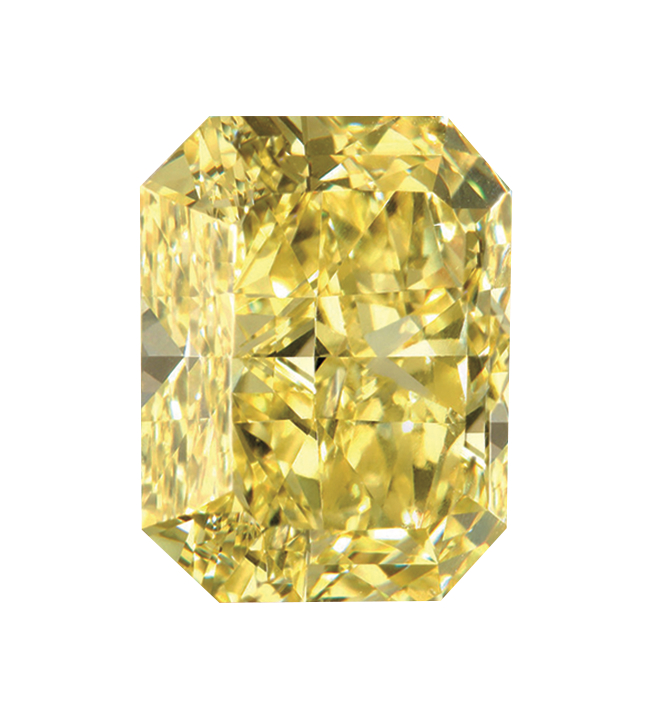
Among the most popular non-round shapes is the emerald, as seen in this yellow diamond by Premier Gem. (Photo: Premier Gem)

Among the more unusual shapes is the half-moon as in this example by InterFancies. (Photo: InterFancies)
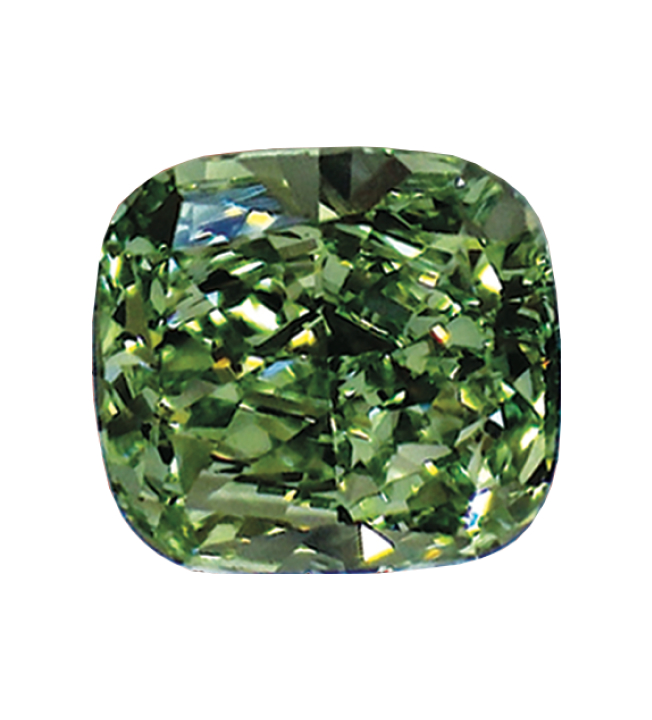
Green is one of the rarest diamond colours. This 13.88 carat modified cushion-shaped, intense yellowish-green (VS2) stone was dubbed The Green Lantern by its owner. (Photo: Ioannis Alexandris, Gemolithos)
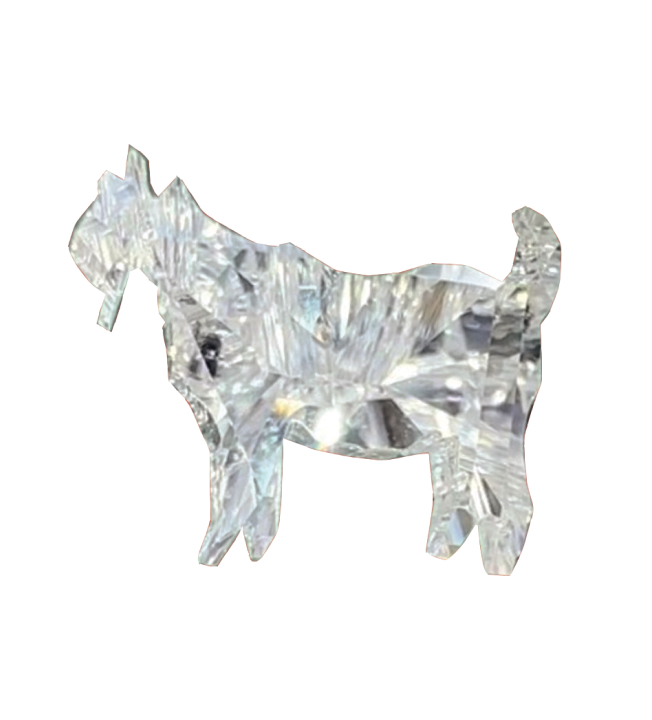
Novelty diamond shapes, such as this goat and teddy bear, along with the geometric trapezoid are specialties of Dayagi Diamonds. (Photo: Dayagi Diamonds)
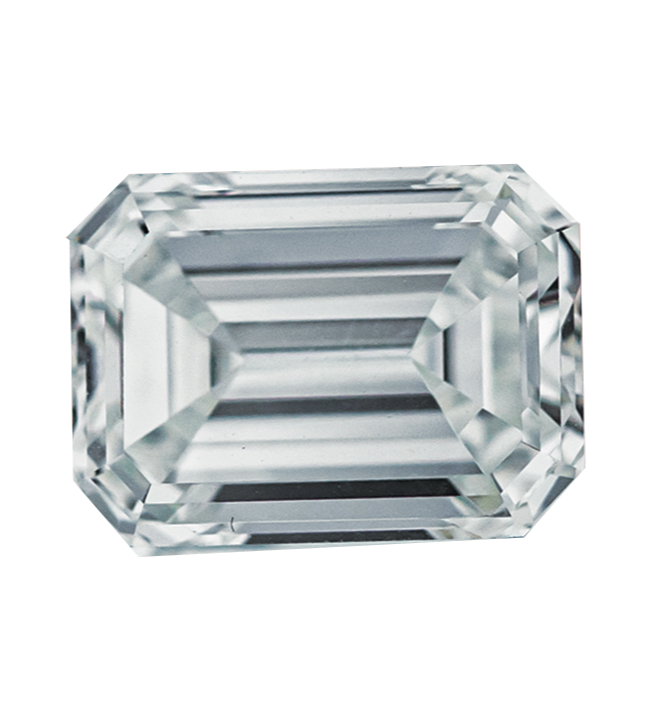
The emerald shape is appreciated for its long clean lines and rectangular form, as in this gem from RDI Diamonds. (Photo: RDI Diamonds)
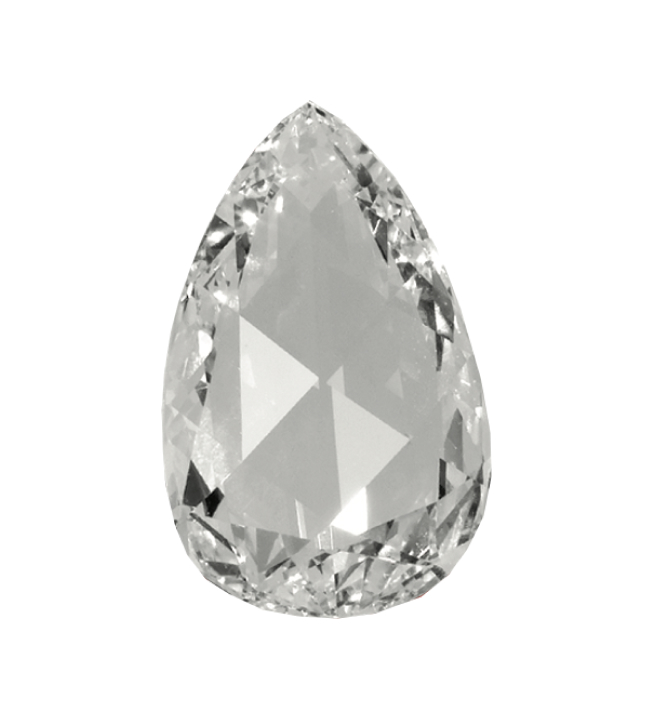
Rose-cuts are growing in popularity for engagement rings. Shown here is a rose-cut pear shape by Manak Jewels. (Photo: Manak Jewels)
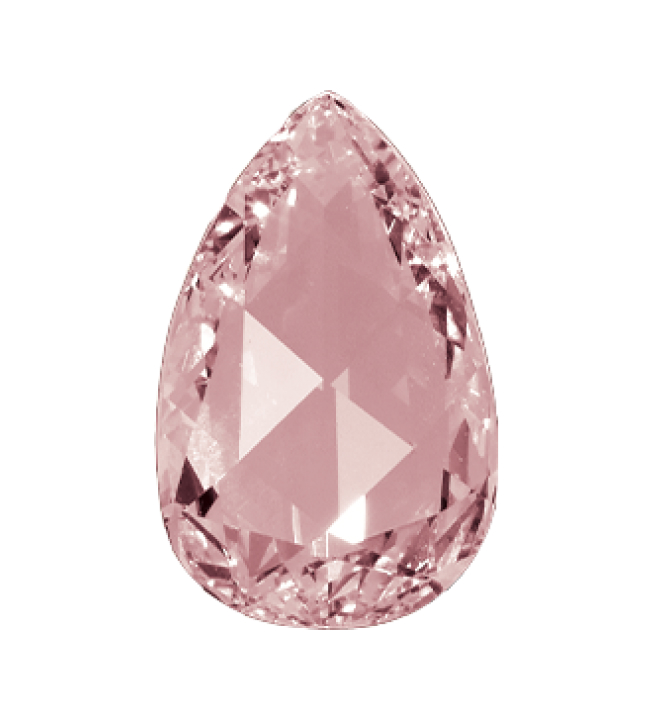
Amongst the growing popularity in alternate shapes is the kite, as seen here by Prijems. (Photo: Prijems)
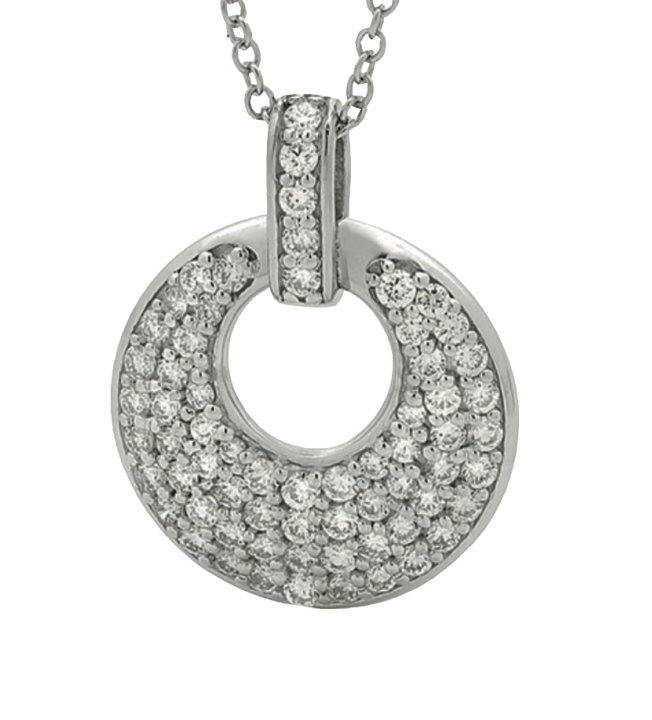
White diamond pendant featuring the ever-popular round diamonds by Mark McAskill. (Photo: Mark McAskill)
Further reading: